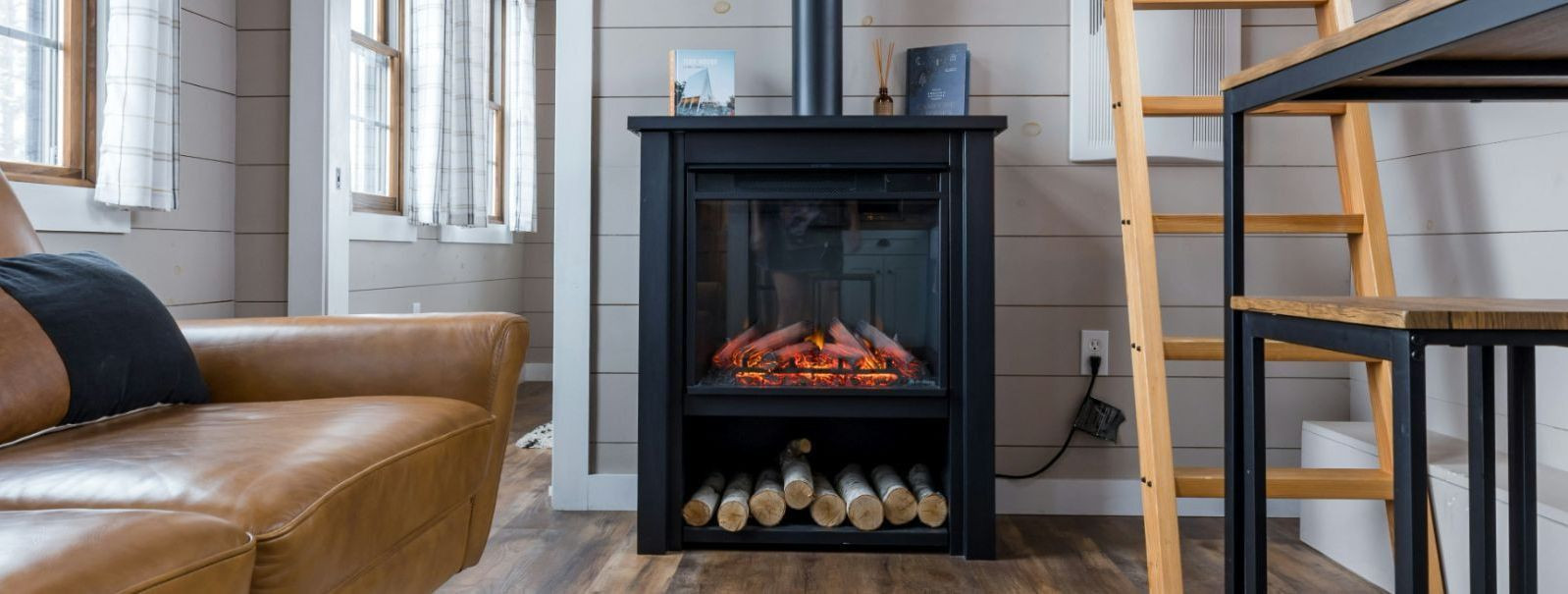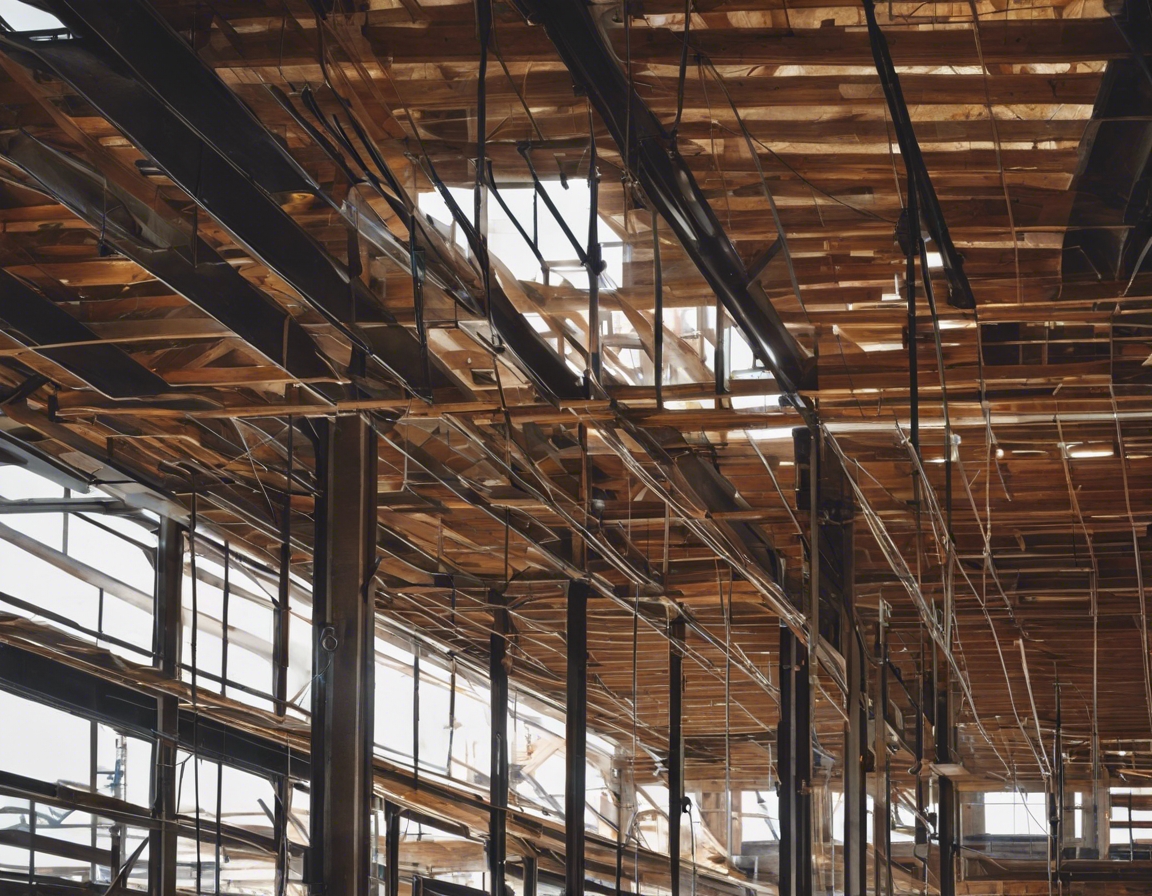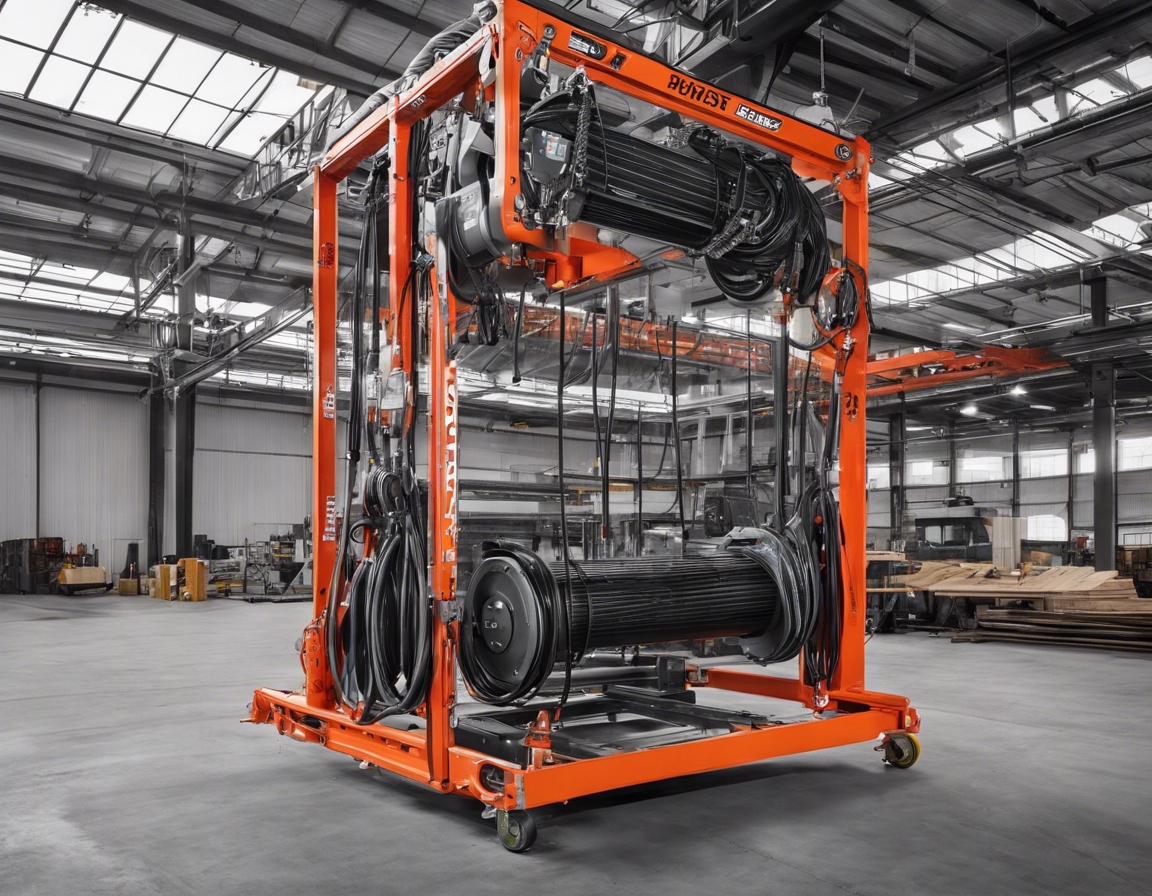The evolution of heating systems: past to present
The quest for warmth has been a constant in human history. From the earliest days of civilization, heating systems have evolved from simple fires to complex, automated systems that provide comfort while minimizing environmental impact. This post explores the journey of heating systems from their rudimentary beginnings to the sophisticated technologies of today.
Early Heating Methods
The earliest heating systems were open fires in the middle of dwellings, which provided warmth and a place to cook food. Over time, hearths became the center of the home, but they were inefficient and often hazardous.
In ancient Rome, the hypocaust was developed as an early form of central heating. This system used a furnace to heat air and conduct it through voids under floors and in walls, warming rooms without open flames.
The Industrial Revolution and Beyond
The Industrial Revolution brought about significant changes with the introduction of the steam heater. This innovation allowed for the first time, buildings to be heated remotely from the heat source.
Following the steam heater, radiators became a common sight in homes and buildings. The development of central heating systems allowed for more efficient distribution of heat and better control over indoor temperatures.
Modern Advances in Heating Technology
Forced air systems became popular in the 20th century, using ductwork and fans to distribute heated air throughout buildings. These systems also allowed for integrated cooling.
Technological advancements have led to the creation of high-efficiency boilers and furnaces that use less energy and reduce greenhouse gas emissions.
With a growing emphasis on sustainability, renewable energy sources such as solar and geothermal have been increasingly integrated into heating systems, offering a greener alternative to fossil fuels.
The Future of Heating
Smart heating systems, which can be controlled remotely and optimize energy use, are becoming more prevalent. These systems learn from user behavior and adjust accordingly to enhance comfort and efficiency.
Heating systems are increasingly being integrated with home automation systems, allowing for centralized control of heating, lighting, and security for maximum convenience and energy savings.
The future of heating is likely to continue focusing on sustainability, with innovations designed to minimize environmental impact while maintaining comfort.






Comments (0)